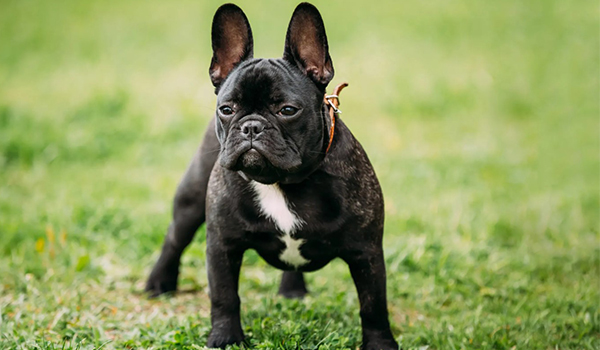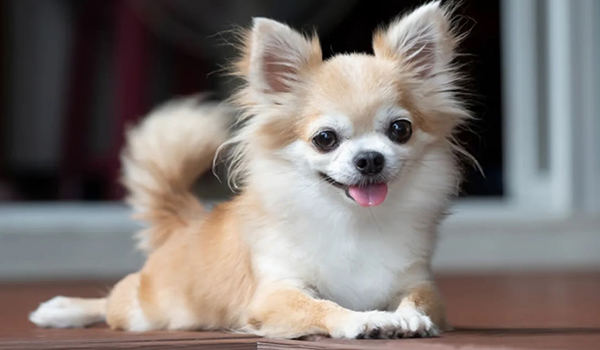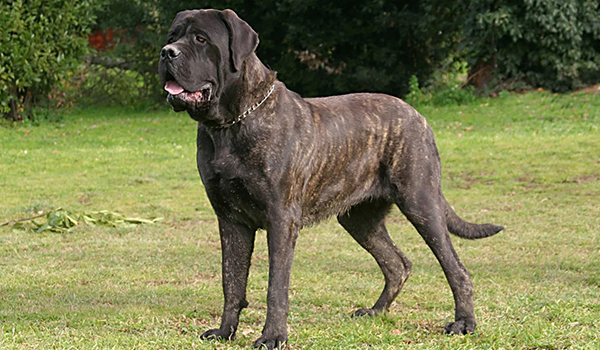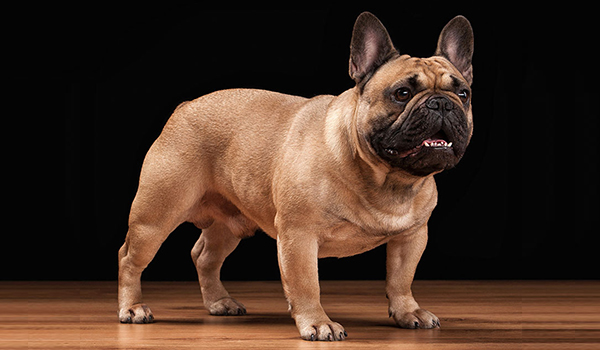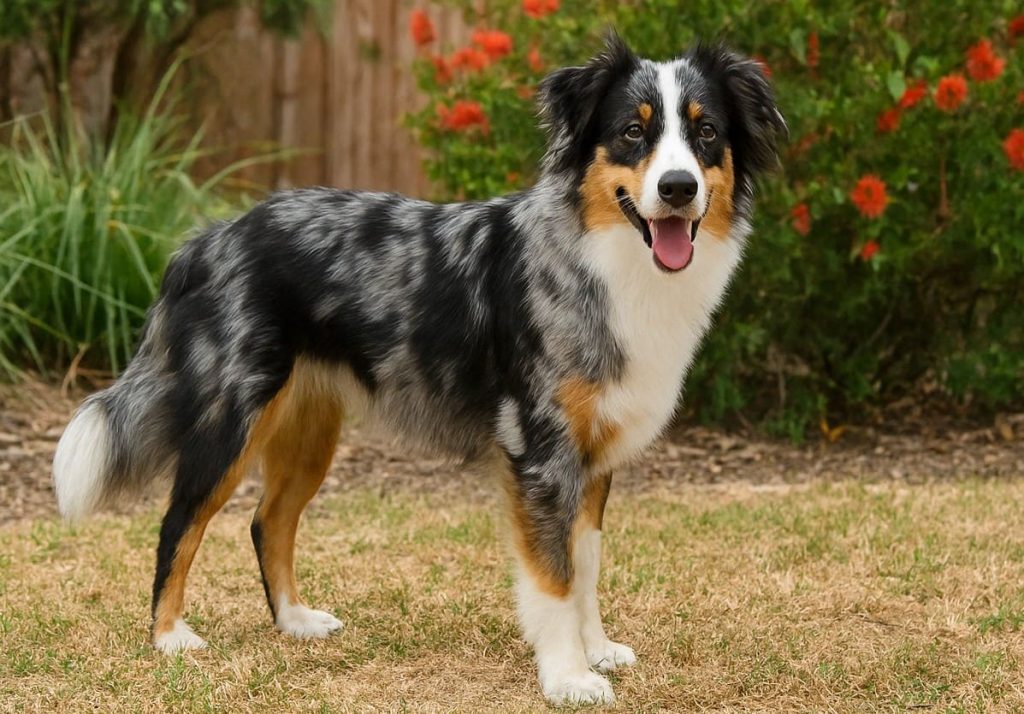
The Australian Shepherd, or “Aussie,” is a bundle of boundless energy, brilliant intelligence, and breathtaking beauty. Known for their striking merle coats, piercing eyes, and incredible athleticism, they are the quintessential working dog and a popular choice for active families. However, their high-octane nature and need for a job make them a poor fit for a sedentary lifestyle.
This comprehensive guide will delve into the world of the Australian Shepherd, exploring their herding instincts, intense drive, and specific needs to help you determine if you have the energy, time, and dedication to provide the fulfilling life this remarkable breed requires.
Breed Overview
- Group: Herding
- Height: 18 – 23 inches (at the shoulder)
- Weight: 40 – 65 pounds
- Life Span: 12 – 15 years
- Coat: A medium-length, weather-resistant double coat that can be straight or wavy. It comes in four stunning color combinations: black tri, red tri, blue merle, and red merle, often with striking white and copper markings.
A Brief History: An American Original
Despite their name, the Australian Shepherd was developed entirely in the United States in the 19th and 20th centuries. Their ancestors were likely herding dogs from the Basque region of Europe who traveled through Australia to the American West, hence the misleading name.
They became indispensable to ranchers due to their incredible versatility, intelligence, and “cow sense”—an innate ability to herd livestock. Their popularity soared after World War II, when they became featured performers in rodeos, horse shows, and Disney movies, showcasing their agility and trainability to a national audience.

The Australian Shepherd Temperament: The Canine Intellectual
The Aussie’s temperament is defined by its sharp intellect, high energy, and deep desire to work alongside its owner.
- Brilliant & Trainable: Aussies are exceptionally smart and quick to learn. They thrive on mental challenges and can master complex commands with ease. A bored Aussie is a recipe for disaster.
- Energetic & Driven: Bred to work all day on a ranch, they possess a seemingly endless reservoir of energy. They require more than just physical exercise; they need a purpose.
- Loyal & Velcro Dogs: They form intense, devoted bonds with their family and want to be involved in everything you do. They are often referred to as “velcro dogs” because of their tendency to stick close to their people.
- Reserved with Strangers: They are typically alert and wary of strangers, making them excellent watchdogs. This is not aggression, but a natural protectiveness that requires early socialization to ensure it remains balanced.
- Strong Herding Instinct: This instinct is hardwired. They may try to herd children, other pets, or even cars by nipping at heels. This behavior must be channeled into appropriate activities.
Caring for Your Australian Shepherd
Exercise: A Non-Negotiable Lifestyle
This is the most critical aspect of Aussie ownership. A tired Aussie is a happy and well-behaved Aussie.
- Daily Requirements: At least 60-90 minutes of vigorous, heart-pumping activity every single day. This is a minimum.
- Types of Exercise: This must be a mix of:
- Physical Exertion: Long runs, hikes, biking (once fully grown), and intense games of fetch or frisbee.
- Mental Stimulation & Work: This is paramount. They excel in dog sports like agility, obedience, herding trials, and nose work. They need a “job” to feel fulfilled.
- Without an Outlet: An under-exercised Aussie will develop neurotic behaviors like obsessive barking, chewing, digging, or shadow chasing.
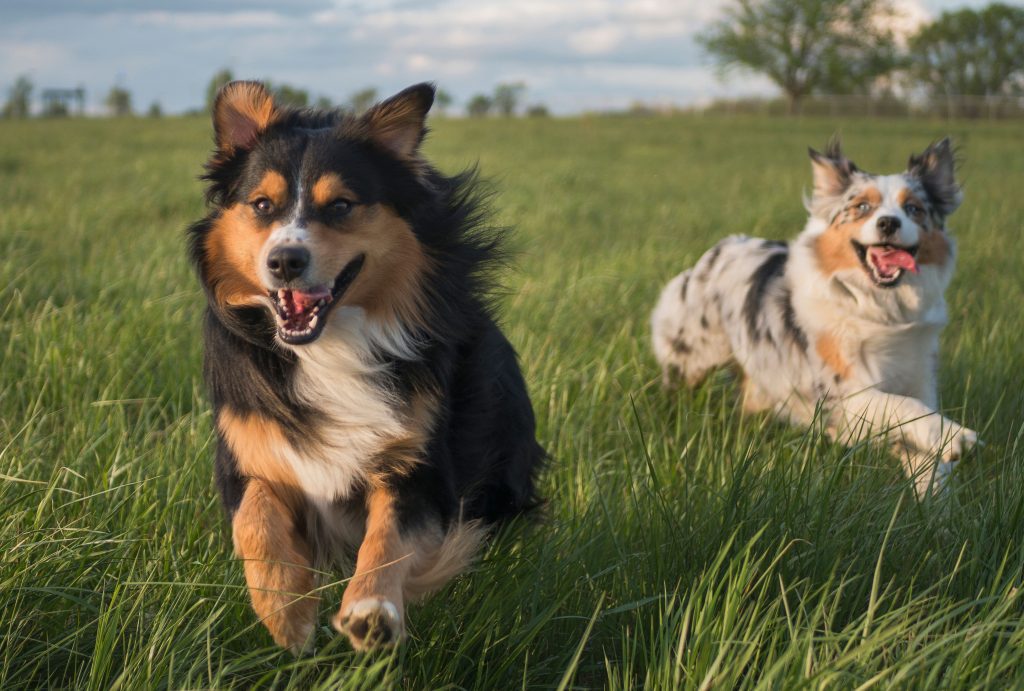
Grooming: Moderate but Regular
- Brushing: Brush 2-3 times a week with an undercoat rake and a slicker brush to prevent mats and manage shedding. They are moderate shedders year-round and “blow” their undercoat heavily twice a year, during which time daily brushing is necessary.
- Bathing: Bathe every few months or as needed. Their coat naturally repels dirt.
- Other Needs: Regular ear cleaning, nail trimming, and checking for debris in their feathered feet and tail.
Training: Your Greatest Joy and Challenge
Training an Aussie is incredibly rewarding due to their intelligence, but it requires consistency and leadership.
- Start Immediately: Begin socialization and puppy training on day one. Expose them to a wide variety of people, environments, and other animals to build a confident, well-adjusted dog.
- Be a Confident Leader: They need an owner who can provide clear, consistent rules and boundaries. They thrive on structure and will test limits if leadership is weak.
- Channel Their Instincts: Provide appropriate outlets for their herding drive. Sports like agility, flyball, and treibball are perfect. Teach them to herd a ball into a net instead of chasing the cat.
- Keep it Fun and Varied: They learn quickly and can become bored with repetition. Keep training sessions short, challenging, and fun.
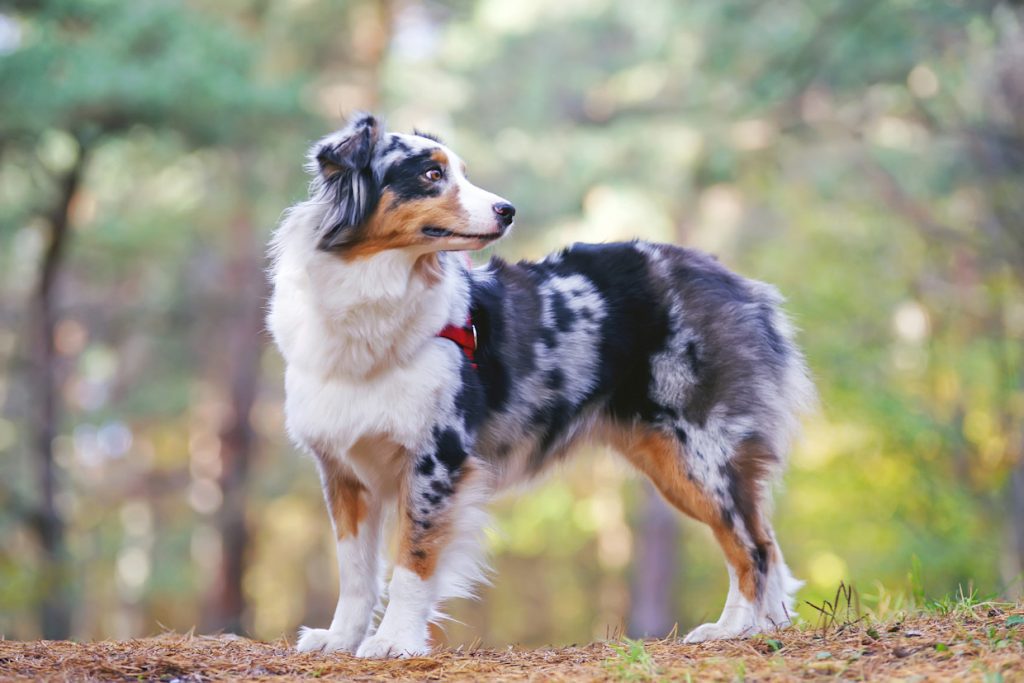
Health: What to Be Aware Of
Aussies are generally healthy, but they are prone to certain genetic conditions. Reputable breeders test for these.
- Hip Dysplasia: A common skeletal condition. Responsible breeders provide OFA or PennHIP certifications.
- Eye Disorders: They can be prone to several hereditary eye issues, including cataracts, collie eye anomaly (CEA), and progressive retinal atrophy (PRA). Reputable breeders have their dogs’ eyes certified annually by a veterinary ophthalmologist.
- Multidrug Sensitivity (MDR1): A genetic mutation that causes severe reactions to certain common drugs (e.g., Ivermectin, some chemotherapy drugs). A simple DNA test can identify this, and breeders should test for it.
- Epilepsy: They can be prone to seizures, which are usually managed with medication.
Is an Australian Shepherd Right For You?
An Australian Shepherd might be your perfect match if you:
- Are an extremely active person or family (runners, hikers, agility enthusiasts).
- Are interested in participating in advanced dog sports or giving your dog a real job.
- Have significant time (2+ hours daily) to dedicate to exercise, training, and mental stimulation.
- Are an experienced dog owner who can provide firm, gentle leadership.
- Want a brilliant, loyal “shadow” to be your partner in all adventures.
You should absolutely reconsider if you:
- Want a casual pet or a low-energy lap dog.
- Have a sedentary lifestyle or are away from home for long hours.
- Are a first-time dog owner.
- Are unprepared for their strong herding instincts (nipping, chasing).
- Cannot provide a job or constant mental challenges.
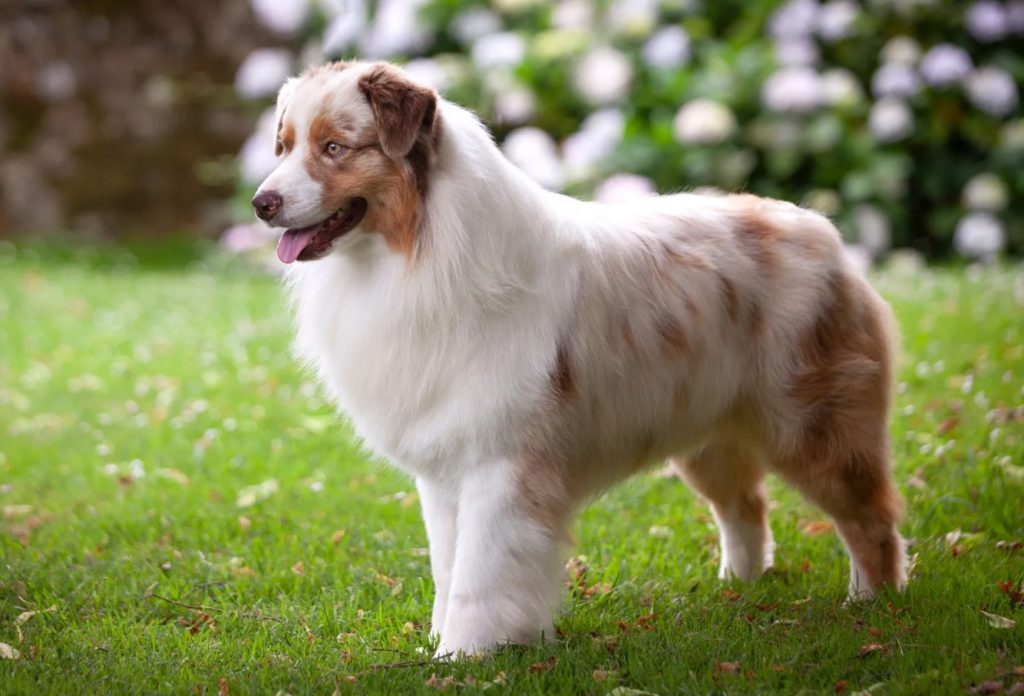
Finding Your Australian Shepherd
- Reputable Breeders: This is crucial. A good breeder will:
- Health Test: Provide OFA/PennHIP certifications for hips, annual eye clearances, and DNA test for MDR1.
- Focus on Temperament: Breed for stable, sound nerves and a good working attitude.
- Interview You Rigorously: They will want to ensure you have the lifestyle and experience for one of their high-energy puppies.
- Rescue & Shelters: Aussie-specific rescues are very active. Many dogs end up there because owners were completely overwhelmed by their needs. Adopting an adult can be a great way to know the dog’s exact energy level and personality.
Understanding the Cost: The initial cost from a reputable breeder in the U.S. ranges from $800 to $2,500+. The larger cost is the investment of time and activity. You must also budget for high-quality food, potential sports training classes, and preventative healthcare.
Bringing an Australian Shepherd into your life is a commitment to an active, engaged partnership. In return for your dedication, you will gain an incredibly intelligent, loyal, and versatile companion whose work ethic and devotion are unmatched.

